As we close on another season of boating, it is sadly that time of year to put away the boats for the winter sleep. Whether you are a DYI owner or have your winterization done professionally (recommended), there are always things to do to prepare for decommissioning.
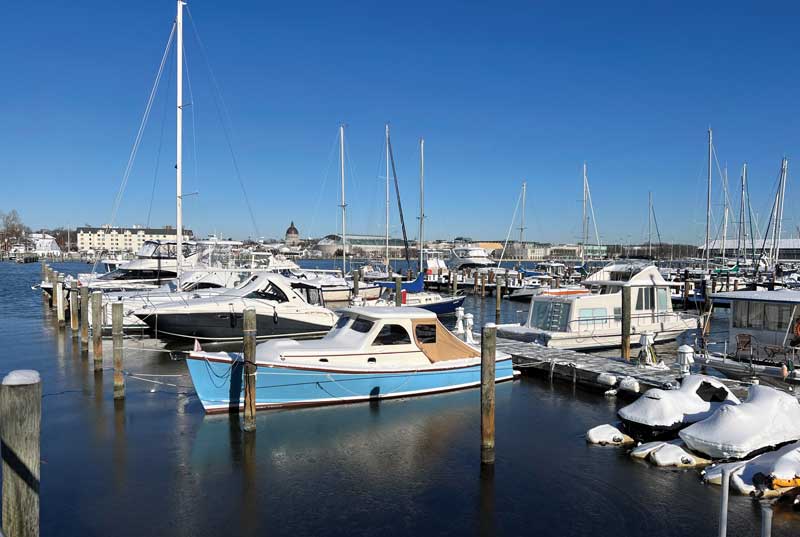
- Remove all perishable food items from your vessel and any beverages that can freeze.
- Remove soft goods such as fabric cushions, curtains, linens, clothing, towels, etc. This will help with possible mildew and odors onboard. It’s also the perfect time to wash everything and have it ready for next season.
- Open cabin lockers and access panels to allow the boat to breathe and hopefully have less mildew issues. Using moisture remover-type products can help with moisture control since many boats have a tendency to sweat when they warm in the sun.
- Have good communication with the yard where the boat will be stored and convey the particular details for your vessel. This will help avoid added costs and incorrect service procedures for winterization.
- With marine engines in particular, it’s very important to follow proper winterization procedures, such as changing the engine oil and filter before winterization. Not doing so can lead to long-term damage as the old oil can become acidic and corrode finely machined surfaces internally (see photo of crank shaft damage).
- Change fuel filters and top off diesel tanks with fuel and add stabilizer but be aware that diesel oils can expand and contract with temperature changes. The best practice is to only fill three-fourths to seven-eighths max to avoid spills out of your vents. Yards can charge for cleanup costs related to this. With gasoline I prefer to have below a quarter of a tank of fuel (with stabilizer) as ethanol-added fuels have a short lifespan. This way you have less degraded fuel and can top off the tank in the spring.
- Change transmission oils and lower gear oil in the fall, checking to see if any seals are leaking. It’s also not a bad idea to have oil sample tests done to monitor machinery condition.
- Properly drain domestic systems and pumps before running antifreeze through. Bypass water heaters, drain water tanks, and of course, be sure to flush out holding tanks as well. Make sure you have identified all fixtures in the domestic systems, so nothing is missed: icemakers, washdown, windshield wash systems (typically fresh water supplied).
Batteries are often overlooked as part of winterization and need extra care as they are expensive and can be a source of hazards. Fully charge batteries before layup, and if they are the wet cell type, top off with distilled water. Having them analyzed for capacity ratings can check the feasible life of the batteries. Also, it’s always best to remove batteries and store them where they are not exposed to freezing temperatures. If this is not practical, then you should have some means of charging them at least once a month.
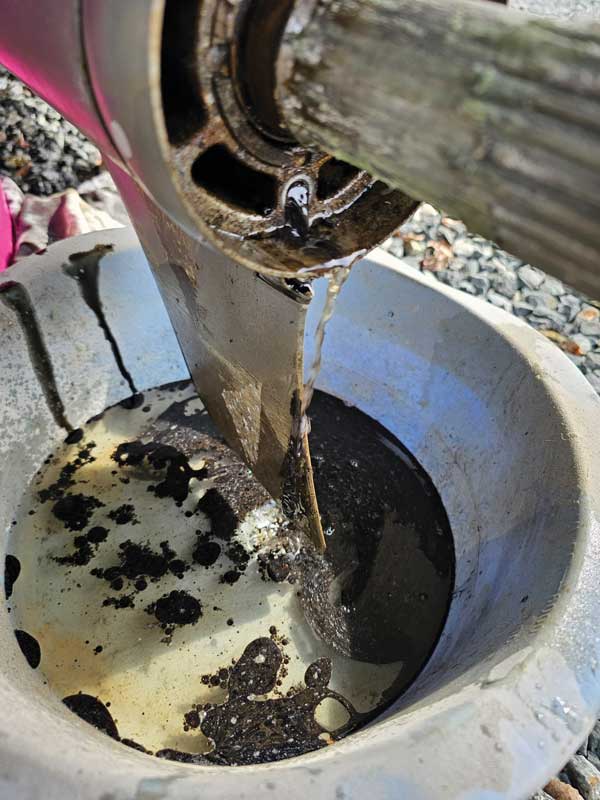
Some other things we need to consider for winter layup are the pros and cons of land storage versus wet storage.
One overlooked item on this list is your insurance coverage. Most insurers prefer land/dry storage in their polices. Wet storage is not always covered for winter layups, so be sure to check your policy as there may be an additional fee for this. I have had owners get a big surprise when an incident occurred during winter when the boat stayed in the water. Also, if wet stored, make sure thru-hulls are properly winterized after closing to avoid damage to the valves. If your boat is stored on land, make sure thru-hulls are open so no trapped water can freeze, and remove drain plugs as well.
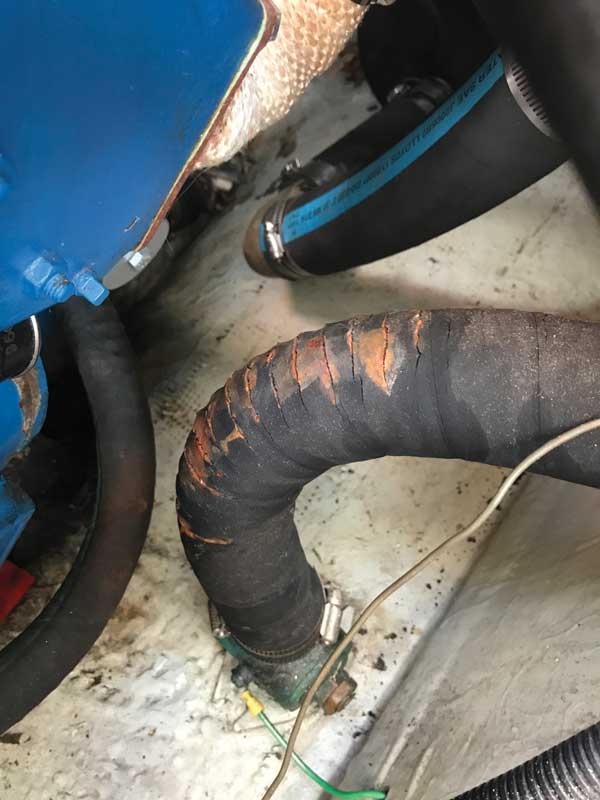
Washing and waxing a vessel for winter layup is recommended. This will help protect the gelcoat or paint from further deterioration and staining during its storage making a quicker springtime cleanup. A clean boat is a happy boat!
During dry storage it’s a good opportunity to inspect the bottom coatings and anodic protection system. It’s always a good idea to consult with your service yard for recommendations on possible work that will need to be completed. Some of this work can be prepped during winter months with final coating applications done in the spring, saving time and money.
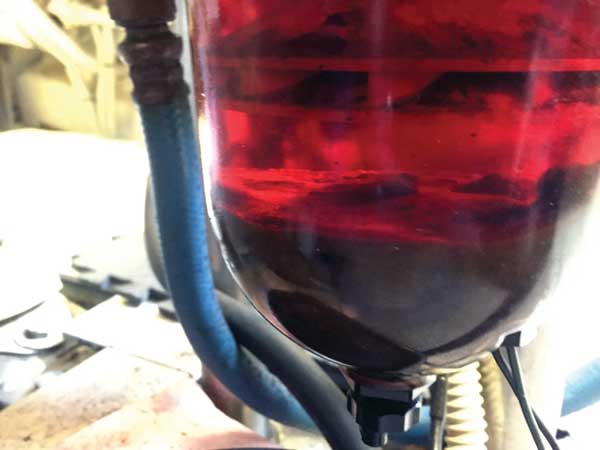
When it comes to covering your prized vessel, there are a few things to consider. Shrinkwrap has certainly become one of the most popular ways to cover a boat. It works well and holds fairly well but is not always the cheapest; not to mention disposal has been an issue.
Another option is having a canvas cover made to fit your vessel and thus you have a reusable cover for many years with a better cost benefit in the long term. There are also several cover companies that make stock covers for production boats of many models that are usually in the same price point as shrinkwrap. Either way it is a good idea to protect your vessel as much as possible from the winter elements.
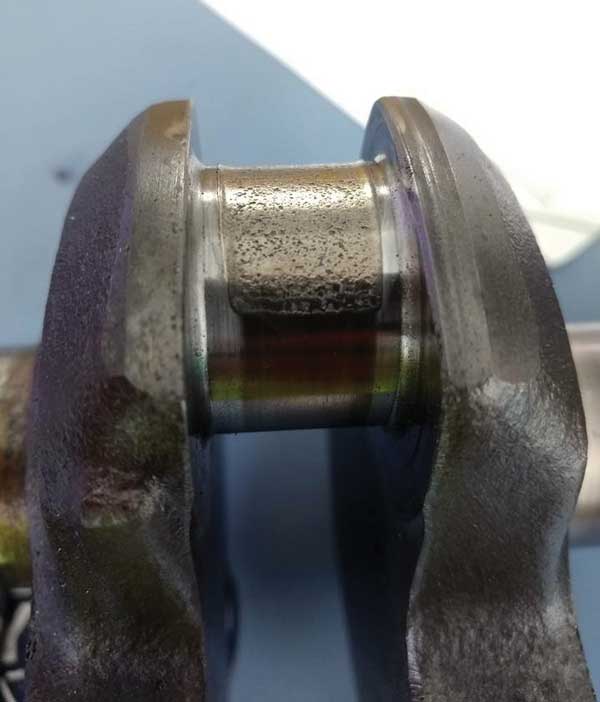
Last but not least, winter layup is a great time to inspect the vessel for repairs and maintenance items to do over the winter, looking over all systems and making a list of deficiencies, some of which as an owner you can do and some you’ll save for marine professionals. A lot of yards give winter work discounts for work this time of year, even offering a “free inspection.” My recommendation is to take advantage of this and experience a more trouble-free summer season. There is always something to service on a boat. This is your chance to keep up with it!
About the Author: Erik Lostrom is a naval architect, third generation professional boat builder, and a graduate of The Landing School. He has worked in the marine industry for over 40 years and currently serves as the marine technology coordinator at Chesapeake College.